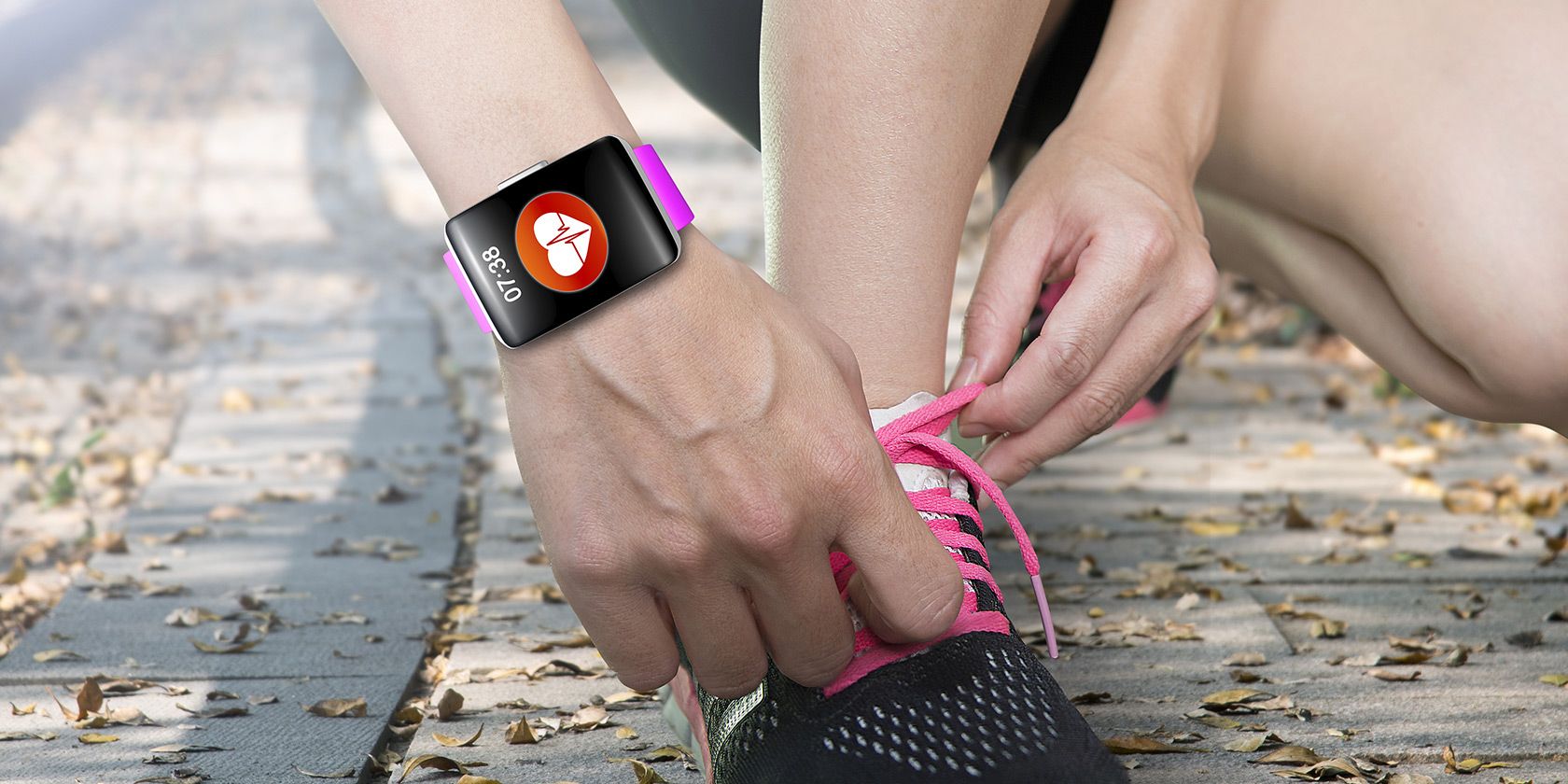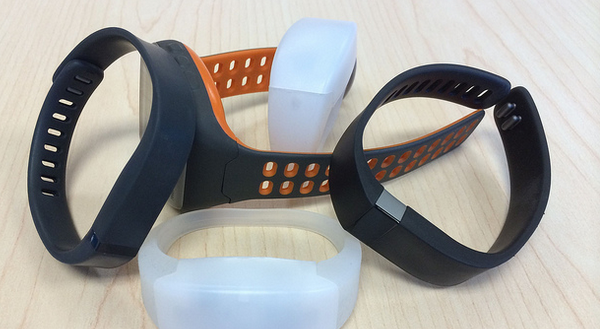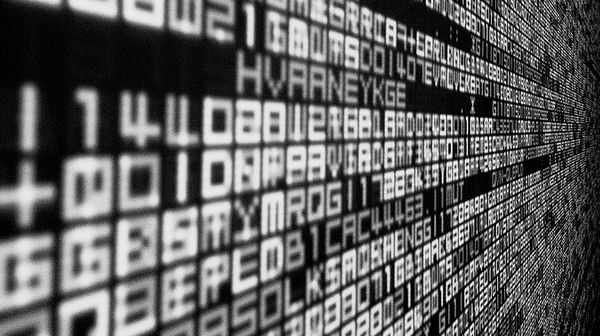The commercial success of wearable health devices is testament to the public's appetite for self-improvement. People want to be fitter and stronger. They want more energy and better sleep. They understandably want to be and feel healthier.
Yet despite the number of wearable devices set to reach 170 million by 2017, there is still no scientific evidence proving their effectiveness. But it's far too soon to give up hope.
What Can Be Tracked?
The idea behind wearable health devices (and other smart devices) is that by having access to certain data, we can make more educated decisions about our health. By using this data to change our behaviour, we can act to prevent disease. We can reverse undesirable symptoms. We can make real-time decisions based on the data-stream we're offered.
Thus far, the devices that the industry has developed are impressive. We can now easily collect data about our sleep, heart-rate, steps we take, food we eat. We can track our stress, galvanic skin response, temperature, and calories we burn. All of this data can be synced to The Cloud, with glorious graphs and charts giving you what the industry likes to call actionable insight.
When we look at the grander vision though, the devices currently on the market are embryonic. We will very soon look down on this time of health tracking as the Democrats look down on the Tea Party. The evolution of wearable tech is brisk.
Google will soon be launching a contact lens that tracks blood sugar levels. Sensors will be stamped directly onto our skin [Broken URL Removed]. Nano-sensors will race around your bloodstream [Broken URL Removed] looking for cancer. Your sweat will give away more than you can imagine.
But if all of this investment and hype fails to create a healthier population, what's the point?
Data Isn't Enough
If I tell a spendaholic of their $10,000 debt to the bank, there is nothing here to stop that person buying the next cashmir jacket they fancy. If I tell a struggling student they received straight Fs last term, nothing points to the student receiving better grades next term. That's because data on its own cannot change behavior.
This is why a third of customers stop using their wearable device after just six months. MIT Anthropologist, Natasha Dow Schüll, suggests this timeframe is even shorter. Without positive change, the sight of data quickly becomes tiresome and fruitless. Who can blame the users for giving up on their new habit so soon?
The problem here isn't the data. If we want wearable health tech to work as we invision, we need the actionable insight that data provides. But actionable insight alone is not enough. We also need actionable motivators. Tim Cook failed to see this when he launched the Apple Watch, promising that it would "help us all stay fit throughout the day". No, Tim, it won't. Not without actionable motivators. Better data does not necessitate better behavior.
Once the industry can nail those two ingredients - the information and motivation to change behavior - then wearable health tech will reach new frontiers. We will at last be able to democratize and decentralize healthcare. We will move closer to acting on causes of illnesses rather than symptoms. We will have access to truly individualized treatments. The medical industry will stop being reactive, and become proactive.
What these actionable motivators could look like gives us a glimpse into what we might expect from an industry that's determined to remodel healthcare.
Two Things Need To Change
#1 Automation & Simplification
Currently, collecting data is reliant on you remembering to charge your device. To put it on your wrist. To turn it on. This is simple enough, but it only takes a couple of days of forgetfulness for you to think "what's the point?". This happens to a huge number of wearable device users, and is a big problem for the industry.
The remedy is to make this a "set it and forget it" kind of tech. Any device you decide to employ must create next-to-no friction with your life. This includes automatic syncing with The Cloud. And it also means never needing to charge the device. With ECG and RF-Powered sensors, this shouldn't be too far in the future.
#2 Introduction of Fear
Once the gathering of health data becomes entirely painless and largely automated, the next hurdle is to enable that data to propel positive behavioural change.
The tech industry has tried plenty of approaches so far. One of the most prevalent being gamification, where the process of changing behavior is seen as a game in which you can, for instance, earn points. Unfortunately, for more difficult changes like trying to go gluten free, avoiding sugar, going to the gym 4 times per week, or stopping smoking, gamification fails to be powerful enough.
The same problems come with positive reinforcement. Simply receiving "props" or likes from an app may work for the minority, especially when the change is relatively small. But when it comes to making more meaningful change, a large proportion of the population needs something more forceful.
The most promising theory in this case seems to be the introduction of fear. Luckily, fear is a very broad term. The threat of fear, therefore, could include; guilt, embarrassment, humiliation, shame, self-disappointment, frustration, and of course, physical pain.
To introduce "fear" successfully in this market, that fear must be of a real risk that the user believes will become reality if they do not make— or at least attempt to make— those behavioral changes. In Kim Witte's academic paper on this topic, she explains that the parameters of fear needed to increase the likelihood of behavioral change are:
- Their perception of a severe threat
- Their belief that they are susceptible to that threat
- Feeling able prevent that threat
- Feeling that a behavioral change will be efficient at preventing the threat
For efficient behavioral change to occur, all four of these conditions must be present. For instance, when a patient is told of the risk of diabetes when they eat too much sugar, they will often not genuinely believe they are susceptible to that threat, so continue to eat sugar. It's often only when told that they have symptoms of onset diabetes that the feeling of genuine susceptibility arises, and are thereby motivated to change their eating habits.
As a few examples of fears and risks that could be used in the wearable health market:
- Fear of losing money (Loss Aversion) - If you pay for a medical consultation and fail to track the data, or make the change, that was required of you, you risk wasting your money. You could also make a bet with someone that you will succeed in changing your behavior. If you fail, you have to give your money to a charity or political party that you hate.
- Fear of public humiliation - If you state in public (or online) your intentions, in front of your entire network, you will feel a fear of humiliation, public defeat and shame if you do not carry out your promises.
- Fear of feeling guilty - If a doctor has shown genuine concern in your well-being, and asks you to change a certain behvior based on your data, and you fail to do this, often (but not always), potential guilt can act as a motivator.
- Fear of physical pain - If you use a device such as Pavlok, when you fail to do something predefined, you'll receive a small electric shock. Surely this will make you think twice before caving to craving, and eating that chocolate bar.
A Healthier Population
It is only when these two aspects are rectified that we will be able to see more widespread benefits of the wearable health device market.
When the population no longer needs to think about collecting their data, a huge hurdle to making use of that data is removed. In this scenario, a doctor may be able to glance at your data with the swipe of a finger. This easy access to real-time, individualized health data allows for more accurate treatment than ever before. Additionally, the ability to be alerted early, and automatically, of any suspicious results could potentially save millions of lives and prevent immense suffering.
When it comes to people taking ownership of their own data, and using that data to change their own behavior, a strong motivator is needed. As I mentioned earlier, positive reinforcement and gamification are not robust enough solutions. The avoidance of fear is a stronger motivation than the pursuit of pleasure. Therefore introducing a negative - a real risk - seems to be the most promising solution.
Once that risk, or fear, is introduced, we are able to pick and choose the behaviors that will lead to the most positive impact on our lives and health. We will, in a sense, force ourselves to make those changes, realizing that human beings are after all, fickle creatures.
If further automation and risk (or "fear") were introduced to the wearable health market, would you find it easier to make positive changes based on your data? Do you think there is a better alternative? And do you think these devices can, in fact, make us healthier, or simply turn us into paranoid hyperchondriacs?
Image Credits: watchband touchscreen smartwatch by BsWei via Shutterstock, Wearable Technology For The Wrist by Intel Free Press (Flickr), data.path Ryoji.Ikeda - 4 by R2hox (Flickr), Relax by DaveJDoe (Flickr), [220/365] Nuclear Fear (Explored) by Pascal (Flickr), 33st Annual Westport St. Patrick's Day Run by Ryan Knapp (Flickr)






